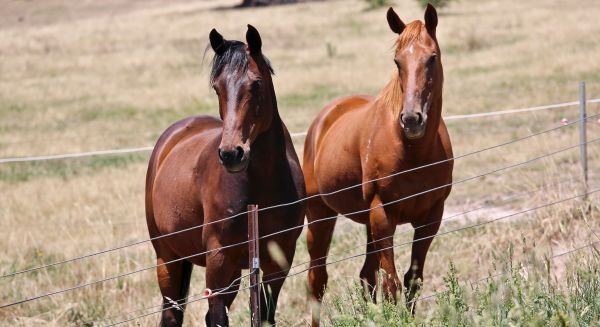|
Tri-Solfen was developed as a topical gel for application to a sheep's mulesing wound straight after the operation to provide quick, long lasting pain relief and antiseptic cover. This product has now also been shown to be effective at relieving pain associated with castrating calves, an exciting development that will enable producers to improve animal welfare during this process.
Tri-Solfen contains:
Lignocaine – for rapid anaesthesia
Bupivacaine – for longer duration anaesthetic action – 24 hours
Adrenaline – to constrict blood vessels and stem the haemorrhage
Cetrimide – an antiseptic to reduce potential for infection
The medication is applied as a spray via an adjustable applicator (similar to a vaccinator gun). During calf castration, it is applied to the spermatic cord of each testicle before removing them, and then another dose is applied to the skin incision.
In calf castration trials, Tri-Solfen significantly alleviated pain and reduced pain-related behaviours - in fact calves that had been treated with Tri-Solfen showed similar behaviours to the uncastrated group.
The availability of Tri-Solfen for use with calves provides us with a simple to use, effective, readily available product to maximise the welfare of calves undergoing castration. Ask us if you'd like more information about Tri-Solfen's applications.
|
